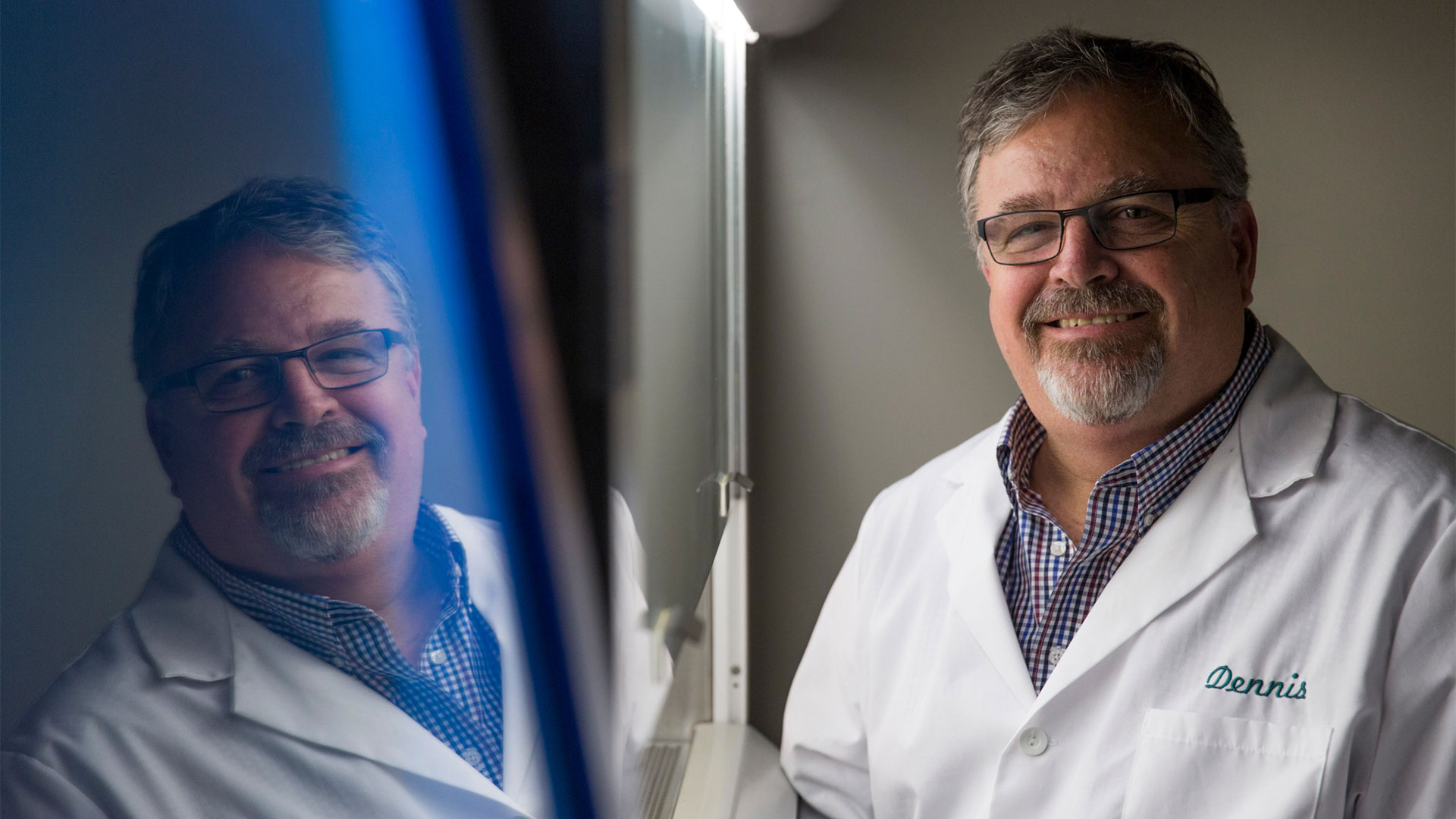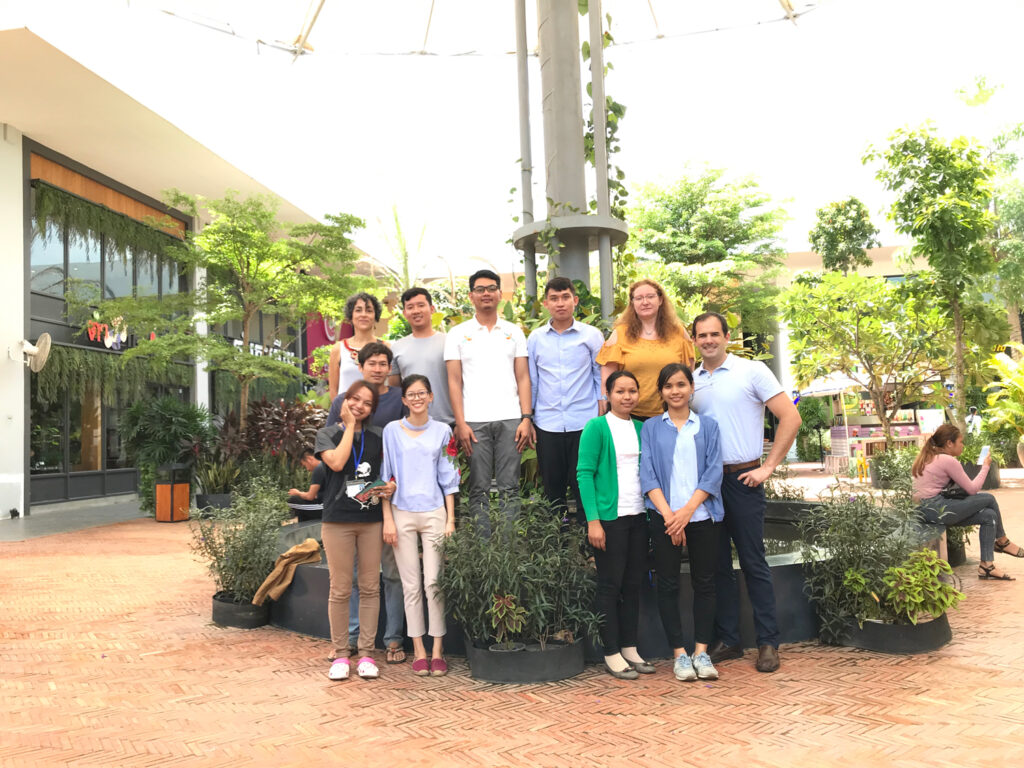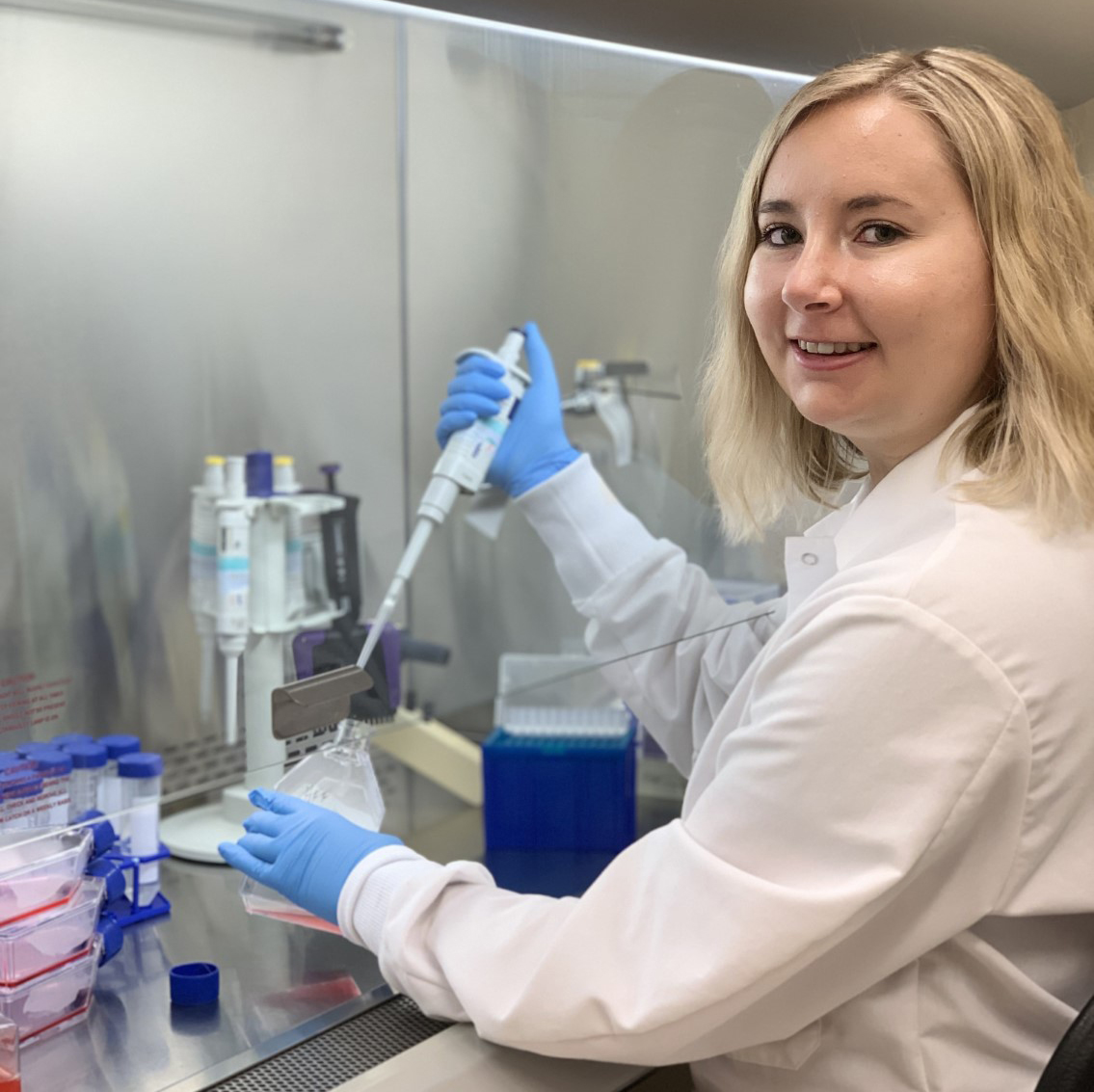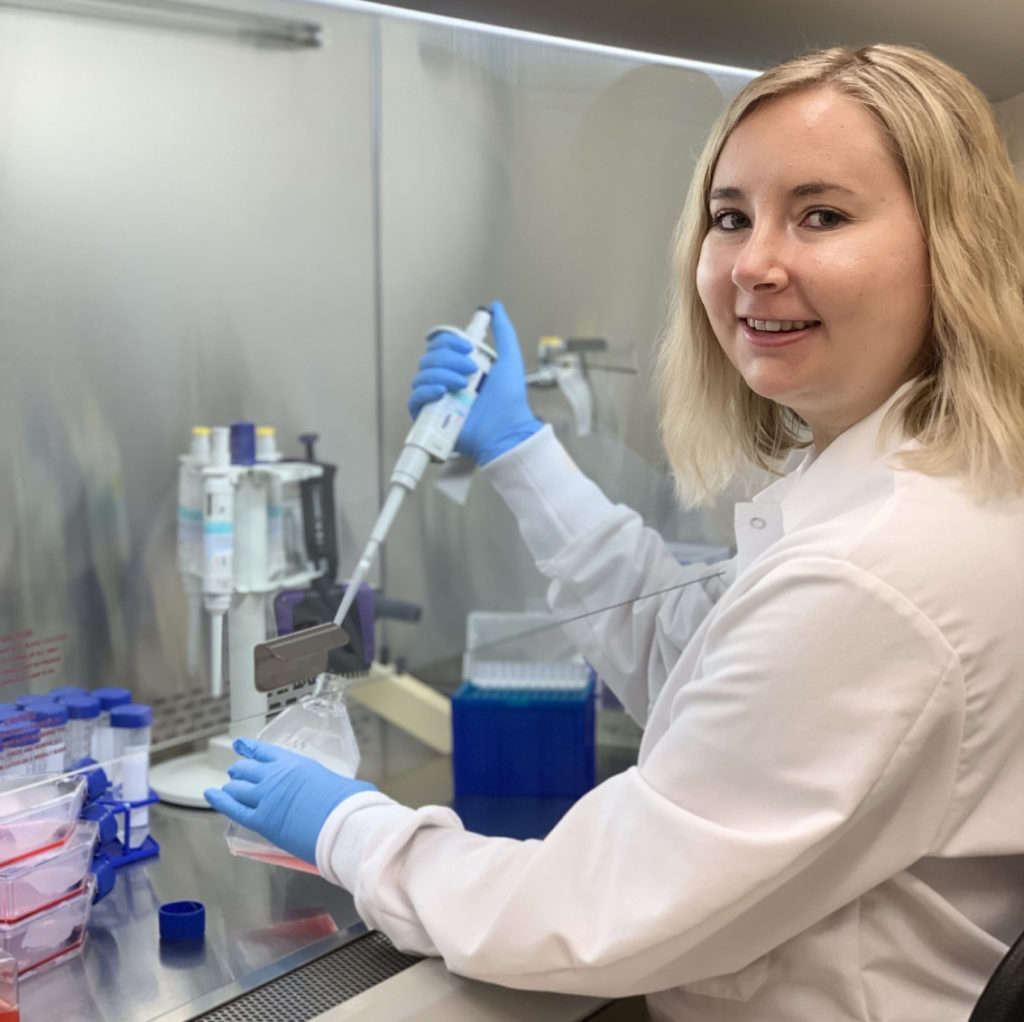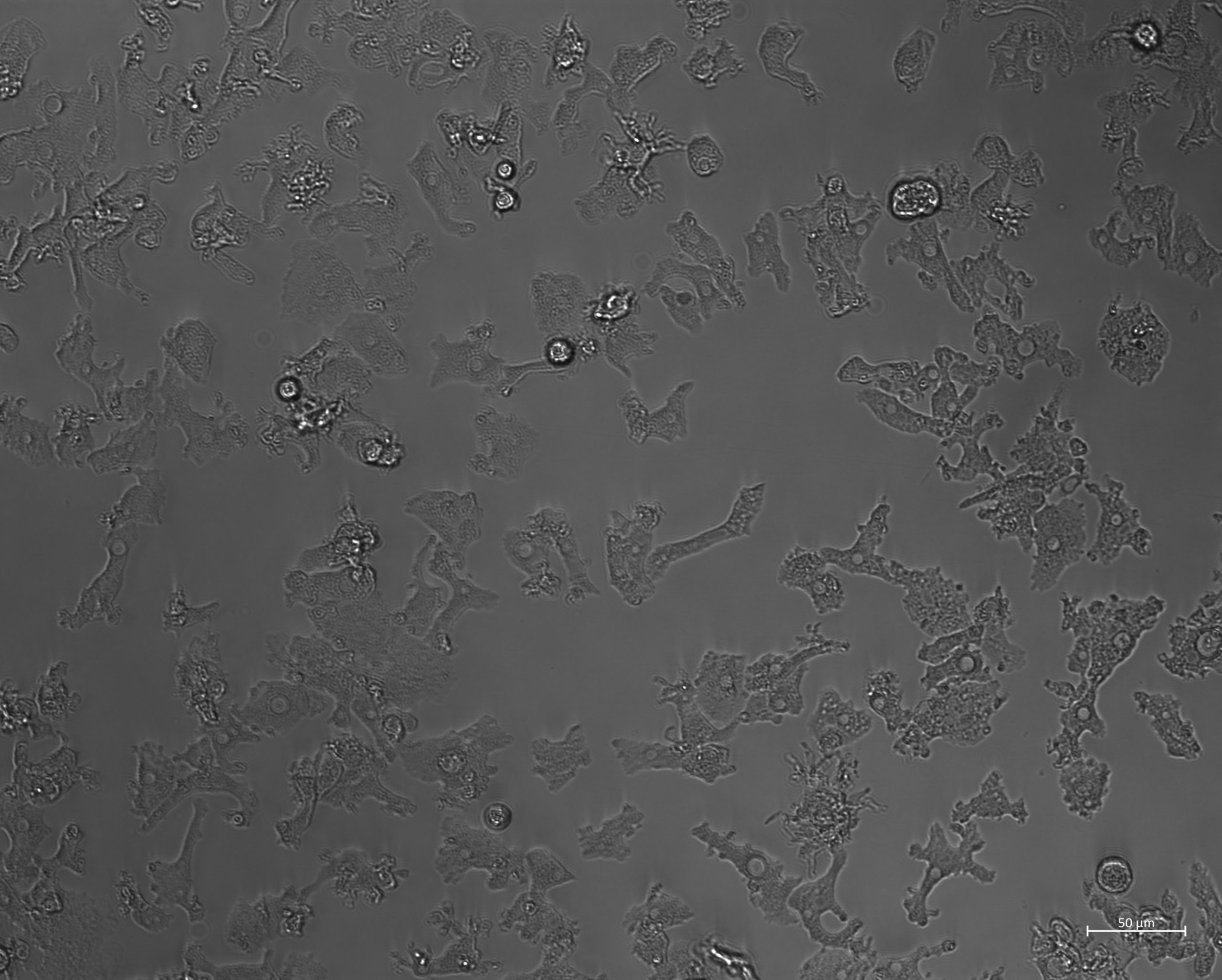Differential Growth Rates and In Vitro Drug Susceptibility to Currently Used Drugs for Multiple Isolates of Naegleria fowleri
The free-living amoeba Naegleria fowleri, which typically dwells within warm, freshwater environments, can opportunistically cause primary amoebic meningoencephalitis (PAM), a disease with a mortality rate of >97%. The lack of positive treatment outcomes for PAM has prompted the discovery and development of more effective therapeutics, yet most studies utilize only one or two clinical isolates. The inability to assess possible heterogenic responses to drugs among isolates from various geographical regions hinders progress in the discovery of more effective drugs. Here, we conducted drug efficacy and growth rate determinations for 11 different clinical isolates by applying a previously developed CellTiter-Glo 2.0 screening technique and flow cytometry. We found significant differences in the susceptibilities of these isolates to 7 of 8 drugs tested, all of which make up the cocktail that is recommended to physicians by the U.S. Centers for Disease Control and Prevention. We also discovered significant variances in growth rates among isolates, which draws attention to the differences among the amoeba isolates collected from different patients. Our results demonstrate the need for additional clinical isolates of various genotypes in drug assays and highlight the necessity for more targeted therapeutics with universal efficacy across N. fowleri isolates. Our data establish a needed baseline for drug susceptibility among clinical isolates and provide a segue for future combination therapy studies as well as research related to phenotypic or genetic differences that could shed light on mechanisms of action or predispositions to specific drugs.
IMPORTANCE Naegleria fowleri, also known as the brain-eating amoeba, is ubiquitous in warm freshwater and is an opportunistic pathogen that causes primary amoebic meningoencephalitis. Although few cases are described each year, the disease has a case fatality rate of >97%. In most laboratory studies of this organism, only one or two well-adapted lab strains are used; therefore, there is a lack of data to discern if there are major differences in potency of currently used drugs for multiple strains and genotypes of the amoeba. In this study, we found significant differences in the susceptibilities of 11 N. fowleri isolates to 7 of the 8 drugs currently used to treat the disease. The data from this study provide a baseline of drug susceptibility among clinical isolates and suggest that new drugs should be tested on a larger number of isolates in the future.
A Cassiopeia Russell, Dennis E Kyle. Microbiol Spectr. 2022 Feb 9;e0189921. doi: 10.1128/spectrum.01899-21



